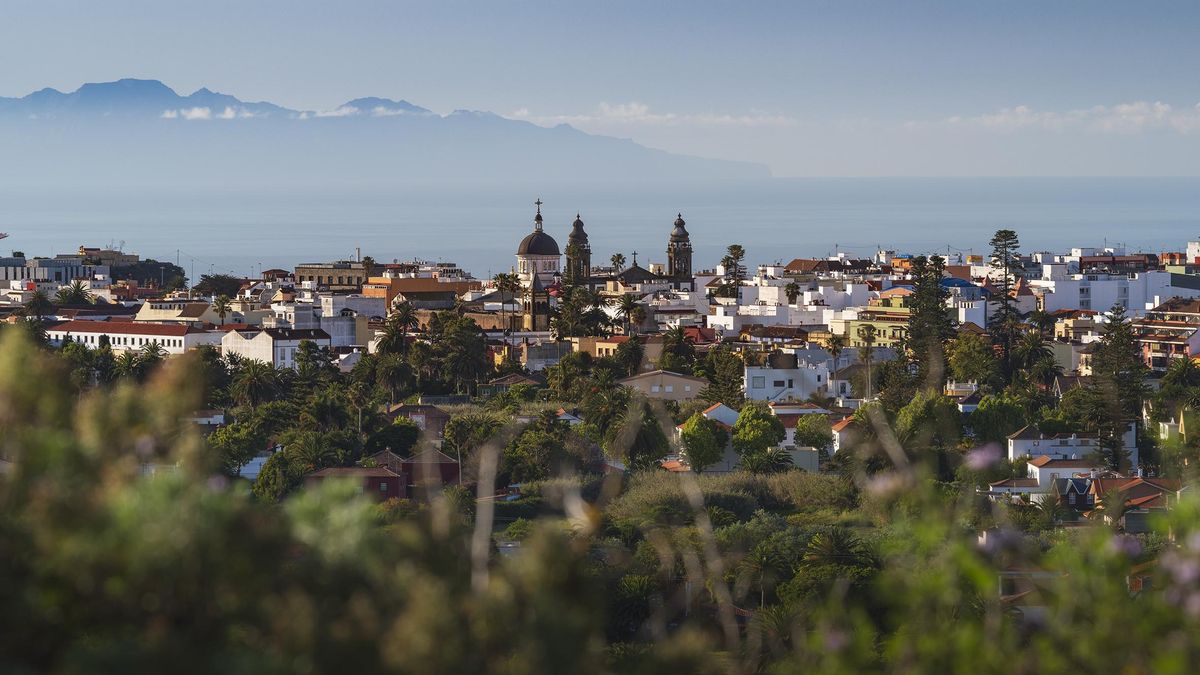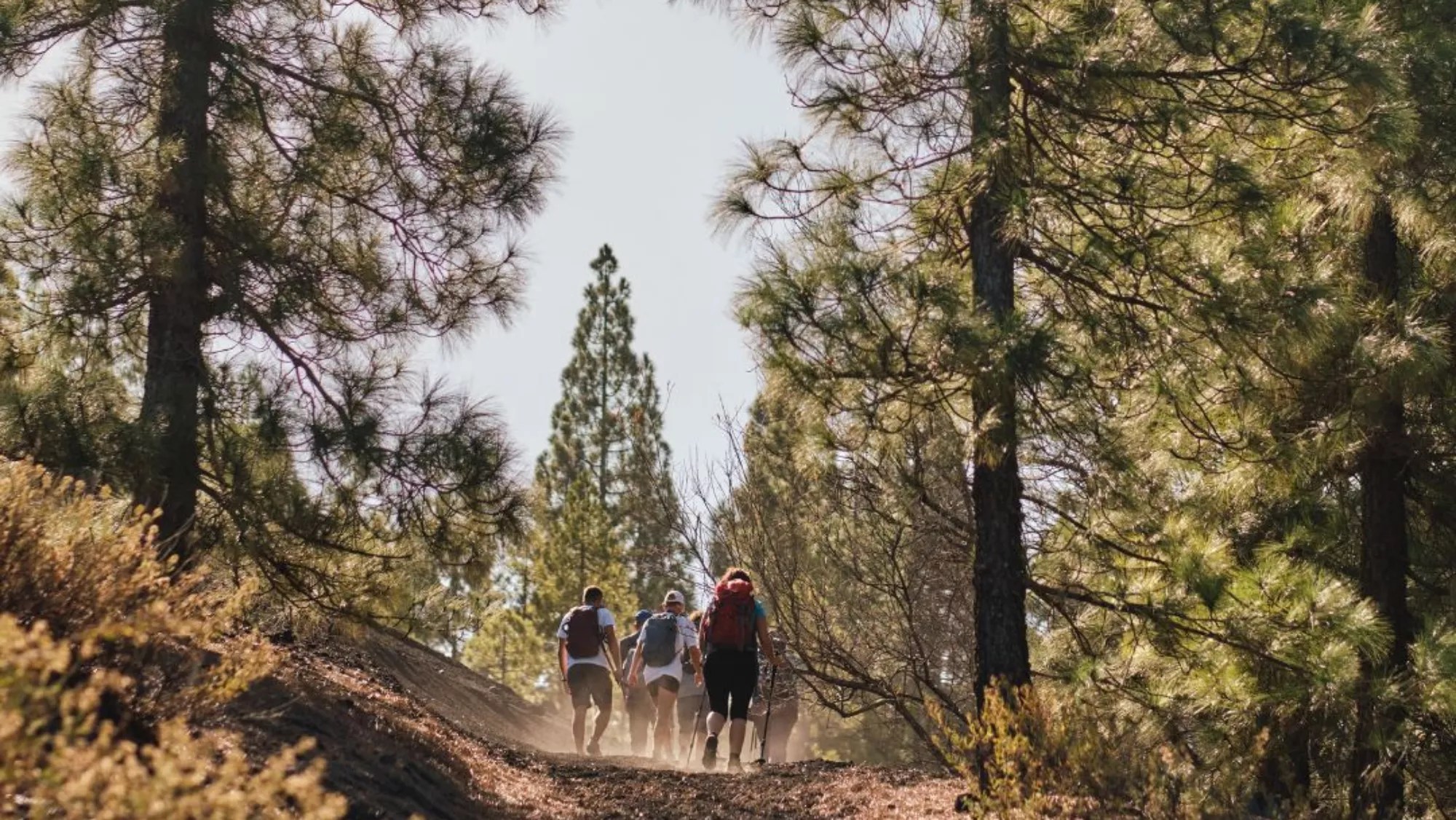
At the summit of the Anaga Mountains (Tenerife), time appears to stand still, remaining indifferent to the vastness of the landscape and oblivious to the significant transformations occurring in the world.
Nevertheless, this Sunday marked a change in the narrative with the arrival of the first settlers following the island’s conquest, who are here to forge a future that will completely reshape their society.
Behind this remarkable journey back to the first fifteen years of the 16th century, when the indigenous population of the Canary Islands faced subjugation by sword and cross, lies Burka Theater and the efforts of historian and communicator Néstor Verona, who have brought this tale to life through the streets of Caserío de las Carboneras.
This event forms part of the celebrations for the 25th anniversary of La Laguna’s designation as a UNESCO World Heritage site, the only one bearing this status in the archipelago, recognised for being the first example of an unfortified city, inspired by Renaissance humanist principles, which would subsequently influence new cities across Latin America.
Yet, prior to the construction of those walls and the avenues now frequented by millions of tourists annually, the conquerors were tasked with establishing a new society on the island, all under the persistent threat posed by the guanches, scattered across the rugged terrain.
This process involved the introduction of agriculture, trades, and industries, along with judicial systems and public punishments.
Consequently, “the lagoon, the pillory and with the deck giving,” as this theatrical presentation is titled, offers a chance to journey into a forgotten yet crucial past, essential for understanding the contemporary dynamics that shape the identity of the Laguneros and, by extension, all Canarians, as similar tales unfolded in every corner of the eight islands.
During the performance, Verona explained to Efe that the actors “will recreate what the pillory was, a coercive element once used between the upper and lower villas,” constructed from stone or wood to publicly shame prisoners.
This is illustrated through characters representing various roles within that burgeoning society, including a Portuguese individual seeking land to establish a batanes business, yet must first marry, facing challenges, including the demonic possession of his ideal partner, a guanche.
The proposal, conducted outdoors, is both educational and innovative, designed as a tour where the audience follows the characters through different parts of the village, complemented by notes from Verona himself, providing each interaction with historical context and anecdotes.
“The pillory is an assessment of the foundational context of the lagoon, aiming to explore how a World Heritage city like La Laguna was shaped and how the first trades begin to emerge. It marks the period of the island’s colonisation, with individuals from a variety of backgrounds, such as Portuguese, Genovese, or Castilians, arriving alongside new crops and tools,” stated Verona.
The activity, made possible by the Cultural Heritage Department of the City Council and offered free of charge, has already hosted two sessions, one in the Plaza de la Cathedral and another in Guamasa.
It is set to conclude on May 25 with two sessions, one at midday and another at 6:00 p.m. at the Plaza de San Bartolomé in Tejina and the Hermitage of San Diego, respectively.
















